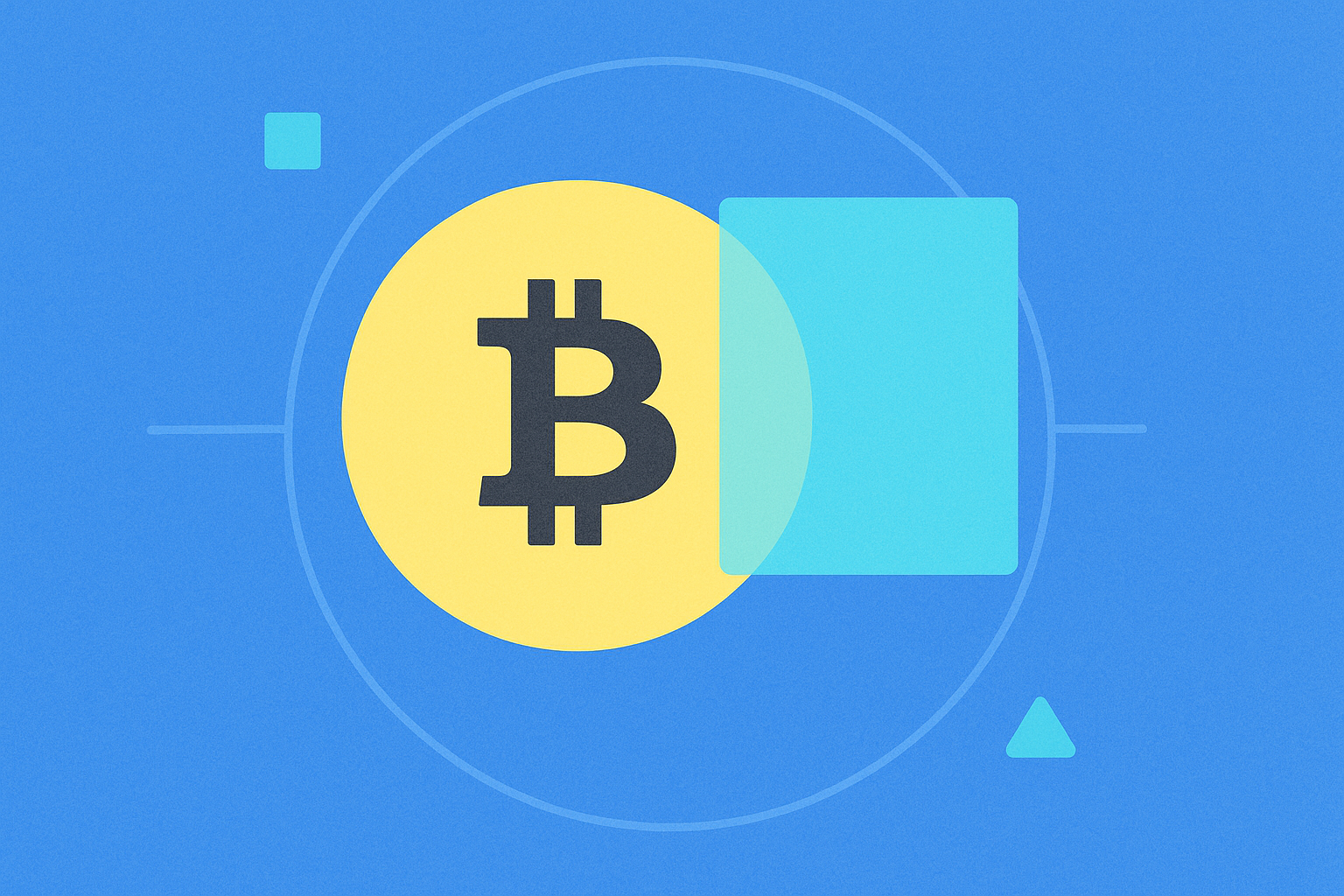O que é Stable? A blockchain pública apoiada pela Tether


A Cadeia Pública Stable Revolucionária: A Inovação Transformadora da Tether
A cadeia pública Stable representa uma evolução disruptiva no ecossistema blockchain, criada para resolver problemas persistentes nas transações de stablecoins. Desenvolvida pela Tether, maior emissor de stablecoins no setor das criptomoedas, a Stable oferece uma infraestrutura blockchain dedicada exclusivamente a transações USDT. Esta blockchain, apoiada pela Tether, surgiu em resposta aos obstáculos encontrados na utilização de stablecoins em várias blockchains, incluindo taxas imprevisíveis e elevadas, velocidades de transação insuficientes, preocupações com privacidade e experiências de utilização complexas, fatores que historicamente dificultaram a adoção massiva de stablecoins.
A arquitetura da plataforma de criptomoeda Stable apresenta diversas características inovadoras que a distinguem das redes blockchain tradicionais. Destaca-se o tempo de bloco inferior a um segundo com finalização imediata, que reduz drasticamente o tempo de confirmação das transações face a outras redes principais. A plataforma mantém total compatibilidade com contratos e ferramentas Ethereum Virtual Machine (EVM), permitindo integração direta com aplicações descentralizadas e infraestruturas de smart contracts já existentes. Particularmente inovadora é a abordagem da Stable às taxas de transação—ao utilizar o próprio USDT para taxas de gas e liquidações, elimina-se a volatilidade dos tokens nativos das blockchains, que normalmente flutuam independentemente dos stablecoins que suportam. Este conceito representa uma alteração fundamental nas dinâmicas económicas das blockchains, oferecendo um ambiente mais previsível para empresas e utilizadores que operam com dólares digitais diariamente.
Comparando as cadeias públicas tradicionais com a blockchain Stable, evidenciam-se diferenças significativas nos modelos operacionais e nas prioridades de otimização:
| Característica | Cadeias Públicas Tradicionais | Blockchain Stable |
|---|---|---|
| Token Nativo | Criptoativo volátil independente | USDT (stablecoin) |
| Taxas de Transação | Pagas em token nativo volátil | Pagas em USDT estável |
| Tempo de Bloco | Normalmente minutos ou segundos | Inferior a um segundo |
| Finalidade Principal | Aplicações blockchain generalistas | Transações USDT |
| Previsibilidade das Taxas | Altamente variável | Consistente em termos de USD |
Potencial Total das Stablecoins: Como a Stable Revoluciona os Pagamentos
A blockchain Stable introduz uma verdadeira mudança de paradigma no ecossistema de pagamentos, ao solucionar problemas essenciais que limitavam o potencial das stablecoins em transações do quotidiano. Ao eliminar a volatilidade das taxas de gas denominadas em tokens nativos blockchain, a Stable oferece previsibilidade real, permitindo às empresas prever custos de transação em dólares com precisão. Esta estabilidade constitui um avanço decisivo para comerciantes, processadores de pagamentos e instituições financeiras que pretendem adotar pagamentos em criptomoedas sem exposição às flutuações de preço. O ecossistema descentralizado de stablecoins habilitado pela Stable aproxima as finanças tradicionais da tecnologia blockchain, proporcionando benefícios de ambos os sistemas e minimizando as suas fragilidades.
A eficiência das transações na plataforma Stable representa outro marco relevante nos pagamentos com stablecoins. Com tempos de bloco inferiores a um segundo e finalização imediata, a Stable alcança métricas comparáveis às redes de pagamento convencionais, como Visa e Mastercard. Esta rapidez responde diretamente aos desafios de escalabilidade que têm impedido a adoção generalizada das stablecoins no comércio. Para comerciantes que operam com margens reduzidas, a eliminação das taxas percentuais típicas do processamento tradicional é uma vantagem competitiva clara. Os traders e utilizadores Gate beneficiam especialmente desta eficiência, podendo realizar transações com atrasos mínimos e custos previsíveis, o que melhora significativamente a experiência de negociação ao movimentar ativos entre wallets de câmbio e o universo mais amplo das criptomoedas.
Estratégia da Tether: Redefinir a Infraestrutura Blockchain
O lançamento da cadeia pública Stable pela Tether representa uma mudança estratégica na abordagem da empresa à infraestrutura blockchain. Até agora, a Tether dependia de blockchains como Ethereum, Tron e Solana para alojar os seus tokens USDT, ficando limitada pelas condições técnicas e pelas estruturas de taxas dessas redes. Com uma blockchain dedicada, otimizada para transações de stablecoins, a Tether passou a controlar diretamente a experiência do utilizador e o modelo económico do seu produto principal. Esta integração vertical posiciona a Tether para competir não só com outros emissores de stablecoins, mas também com as próprias plataformas blockchain que antes hospedavam os seus tokens.
A integração da Tether em cadeias públicas evoluiu de uma relação de dependência para o papel de fornecedor de infraestrutura. Esta transição demonstra o crescente peso da empresa no ecossistema das criptomoedas e revela a sua ambição de liderar o futuro dos pagamentos digitais. Com 28 milhões $ de investimento inicial garantido para o projeto Stable, a Tether conquistou confiança relevante de investidores na sua visão para uma blockchain centrada em stablecoins. A empresa implementou um mecanismo de ponte denominado "USDT0", que permite transferir valor USDT entre a Stable e saldos USDT noutras blockchains, garantindo interoperabilidade com o ecossistema existente e promovendo a migração para a sua plataforma própria. Assim, mantém a compatibilidade com a base de utilizadores atual, ao mesmo tempo que introduz funcionalidades avançadas e novos modelos económicos através da Stable blockchain.
O Futuro das Finanças: O Impacto da Stable nas Transações Internacionais e no DeFi
As implicações da Stable para as transações internacionais representam uma das suas aplicações mais relevantes. As transferências internacionais tradicionais são marcadas por taxas elevadas, tempos de liquidação demorados e taxas de câmbio pouco transparentes. A plataforma Stable resolve estes obstáculos ao proporcionar liquidação praticamente instantânea e custos previsíveis em dólares. Para empresas envolvidas em comércio internacional e particulares que enviam remessas, esta eficiência traduz-se em poupança direta e maior inclusão financeira. A estabilidade das stablecoins, associada à eficiência da blockchain, oferece uma alternativa robusta às redes bancárias tradicionais para transferências internacionais de valor, com potencial para transformar um mercado atualmente dominado por instituições financeiras convencionais e empresas especializadas em remessas.
No segmento das finanças descentralizadas (DeFi), a Stable blockchain abre novas oportunidades para aplicações financeiras denominadas em dólares. Os protocolos DeFi existentes, baseados em blockchains generalistas, enfrentam volatilidade nas taxas de gas, que podem disparar em períodos de elevada atividade na rede. Ao disponibilizar uma base estável para aplicações financeiras com custos operacionais previsíveis, a Stable permite serviços DeFi mais fiáveis e seguros para utilizadores que pretendem rendimento em criptomoedas sem imprevisibilidade nas taxas. Este benefício estende-se a protocolos de crédito, bolsas descentralizadas e plataformas de yield farming, que podem operar com maior estabilidade em relação aos custos. As iniciativas DeFi da Gate beneficiam desta evolução, permitindo aos utilizadores aceder a serviços financeiros descentralizados com maior confiança na consistência dos custos de transação e dos prazos de liquidação.

moeda estável USD1: Vantagens e características no ecossistema de Ativos de criptografia em 2025

Explicação do Peer-to-Peer: Eliminando o Intermediário em um Mundo Digital

O que é USDC: Entenda o Dólar Digital Popular e o Seu Impacto no Ecossistema das Criptomoedas

O que é PYUSD: Entender a Stablecoin da PayPal e o seu impacto nos pagamentos digitais

O que é a FDUSD: Entender a First Digital USD e o seu papel no ecossistema de stablecoins

Quando será lançado a moeda dos BRICS? Cronograma e Expectativas

O que é STO: Guia Completo sobre Security Token Offerings e o seu papel nas finanças modernas

Compreender o Empréstimo de Criptomoedas: Uma Visão Detalhada do Empréstimo de Moedas no Ecossistema Web3

O Futuro do Bitcoin e dos NFT

Guia Abrangente do Mercado NFT Zora: Como Participar e Antecipar Preços







